Aujourd’hui, nous explorons le lexique singulier de la parfumerie, un univers à la fois complexe et délicat, étroitement associé à celui de la musique.
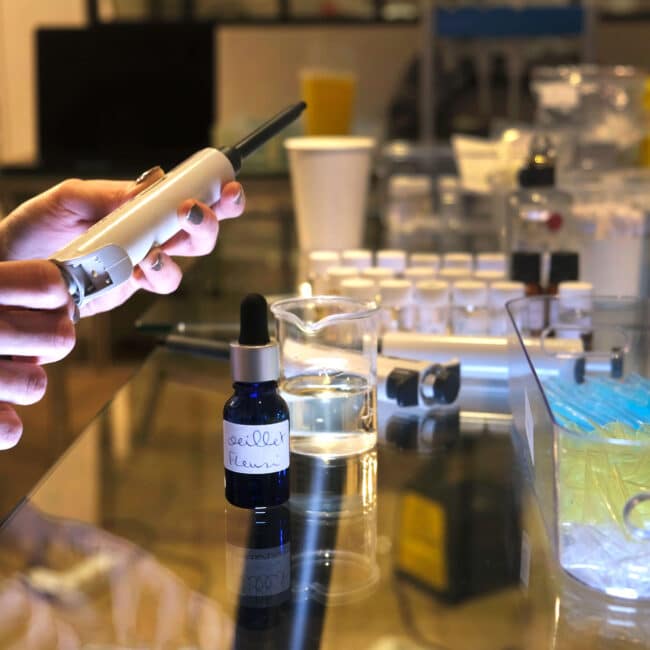
Beaker
Ce récipient polyvalent permet diverses tâches telles que l’agitation et la préparation de mélanges. Au Studio des Parfums, nous vous fournissons un bécher pour que vous puissiez créer, observer et sentir votre parfum à chaque étape de la formulation.
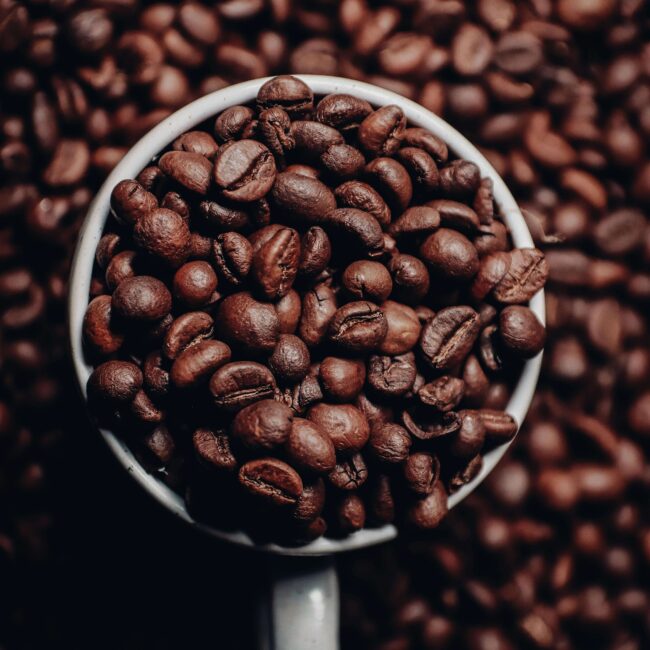
Coffee beans
At your disposal During our perfume creation workshops, coffee beans offer a familiar scent that helps the brain to focus on a single odor, thus facilitating the detection of new, complex olfactory nuances.
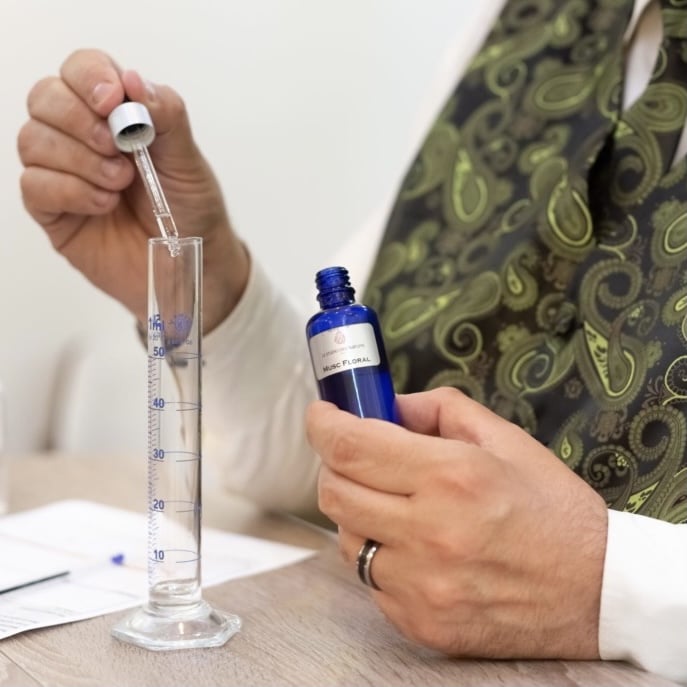
Graduated test tube
Utilisée en laboratoire pour mesurer les volumes de liquides, l’éprouvette vous permet de suivre précisément les quantités recommandées par notre parfumeur, assurant ainsi l’harmonie de votre parfum.
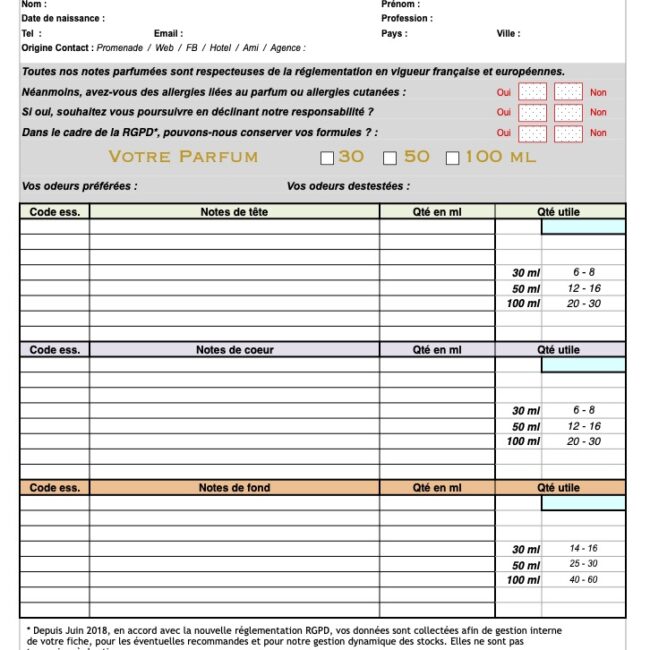
Creation form
Supplied during our perfume creation workshops, it enables you to write down each note present in your perfume. At the end of the workshop, we keep this sheet for you so that we can reproduce it identically, should you wish to recommend it.
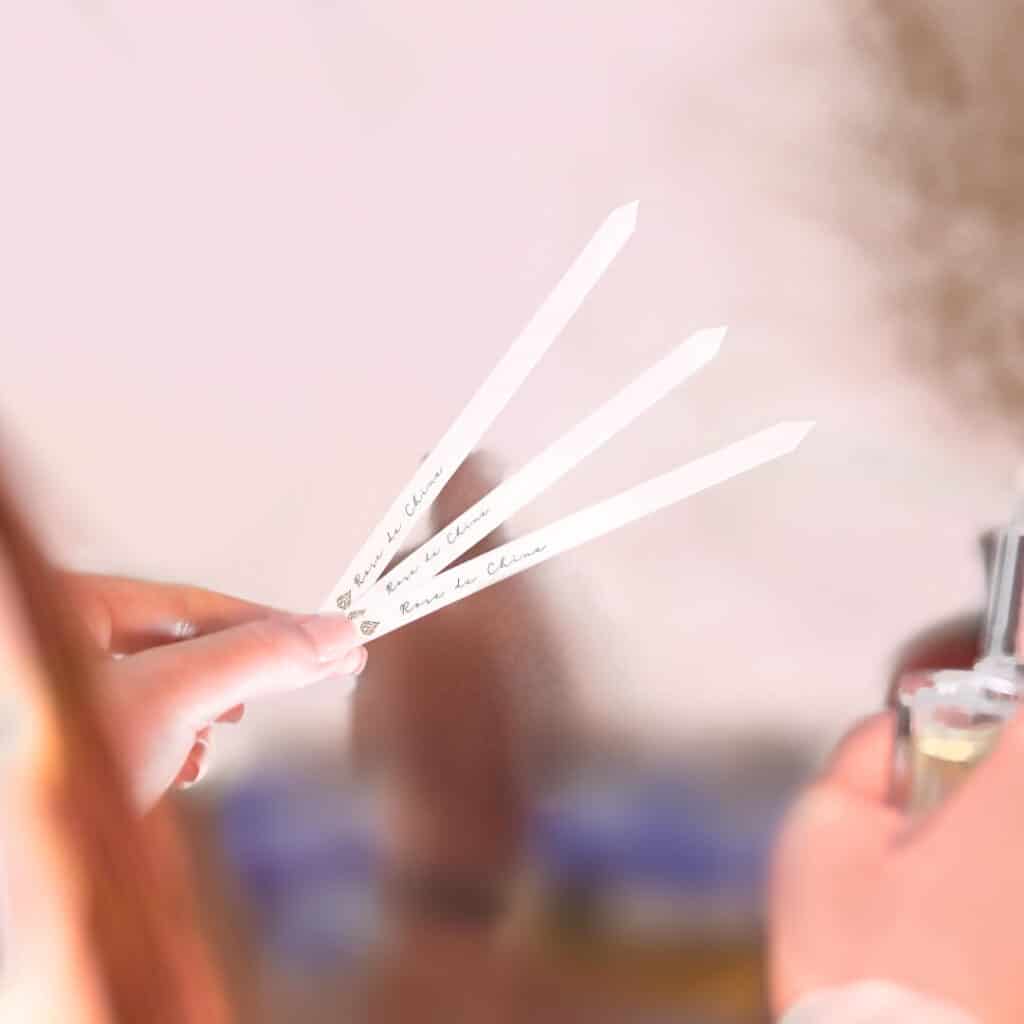
Touch to smell
Une touche désigne une bande de papier destinée à sentir un parfum et en suivre l’évolution dans le temps.
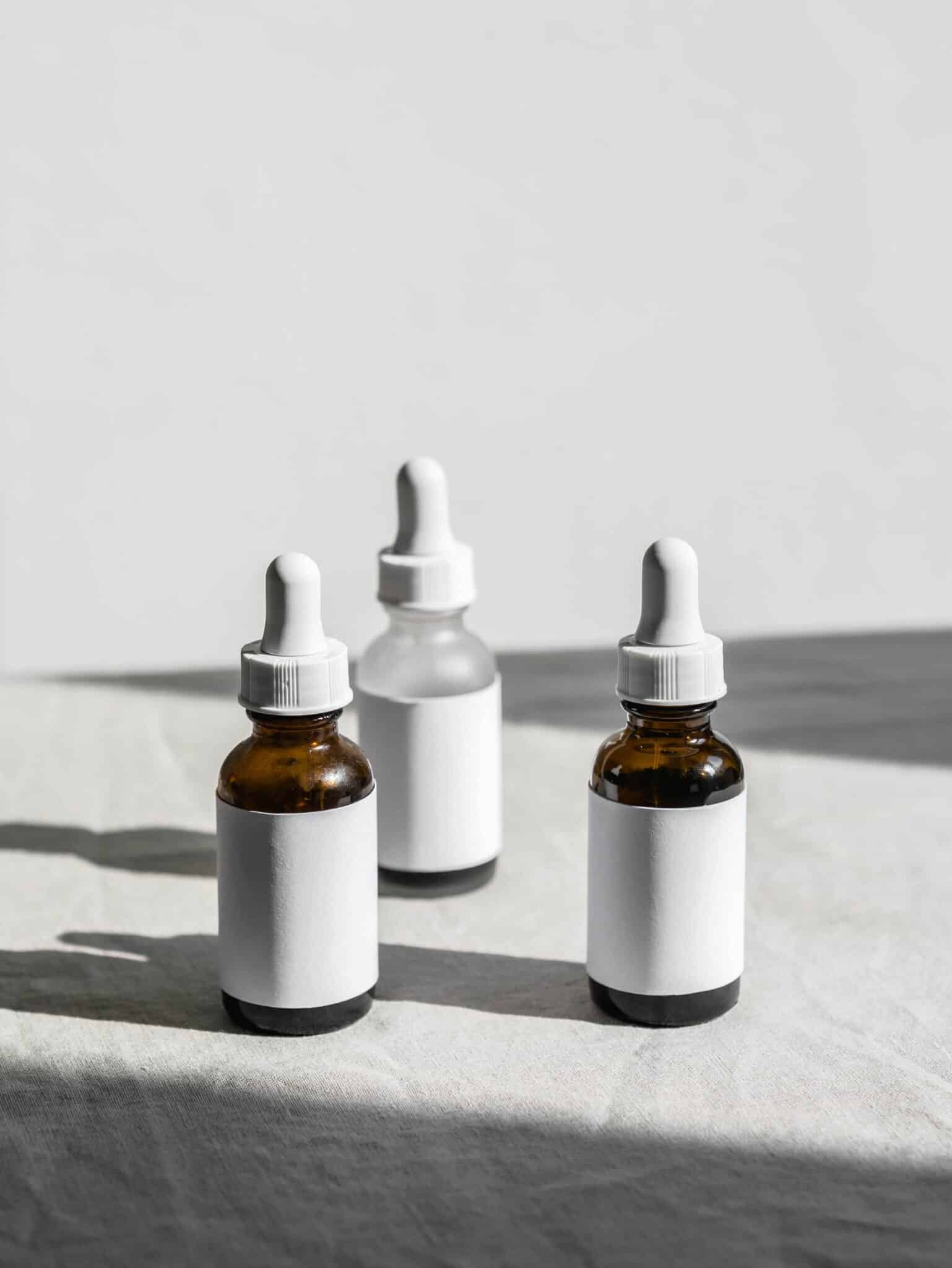
In perfumery, a note refers to a scent, which can describe a "facet" of a perfume. They can be classified into 3 categories: top notes, middle notes and base notes.
Top notes are the first notes you perceive when you spray your perfume. More volatile than the others, they last a few minutes before disappearing.
The middle notes make up the "heart" of the fragrance, in other words, its personality. They consist mainly of fruit and flowers.
The base notes are the heaviest. They are the base of the fragrance. These notes evolve over the course of the day and remain on the skin and clothing for a very long time.
The result of a blend of several fragrant ingredients.
List of all the notes used to create a perfume.
Olfactory families classify olfactory notes according to their characteristics:woodlands;chypress;leathery; the;florals;ferns hepesperidae and orientals.
Représentation en forme de pyramide décrivant la structure d’un parfum, des notes de tête légères aux notes de fond persistantes.

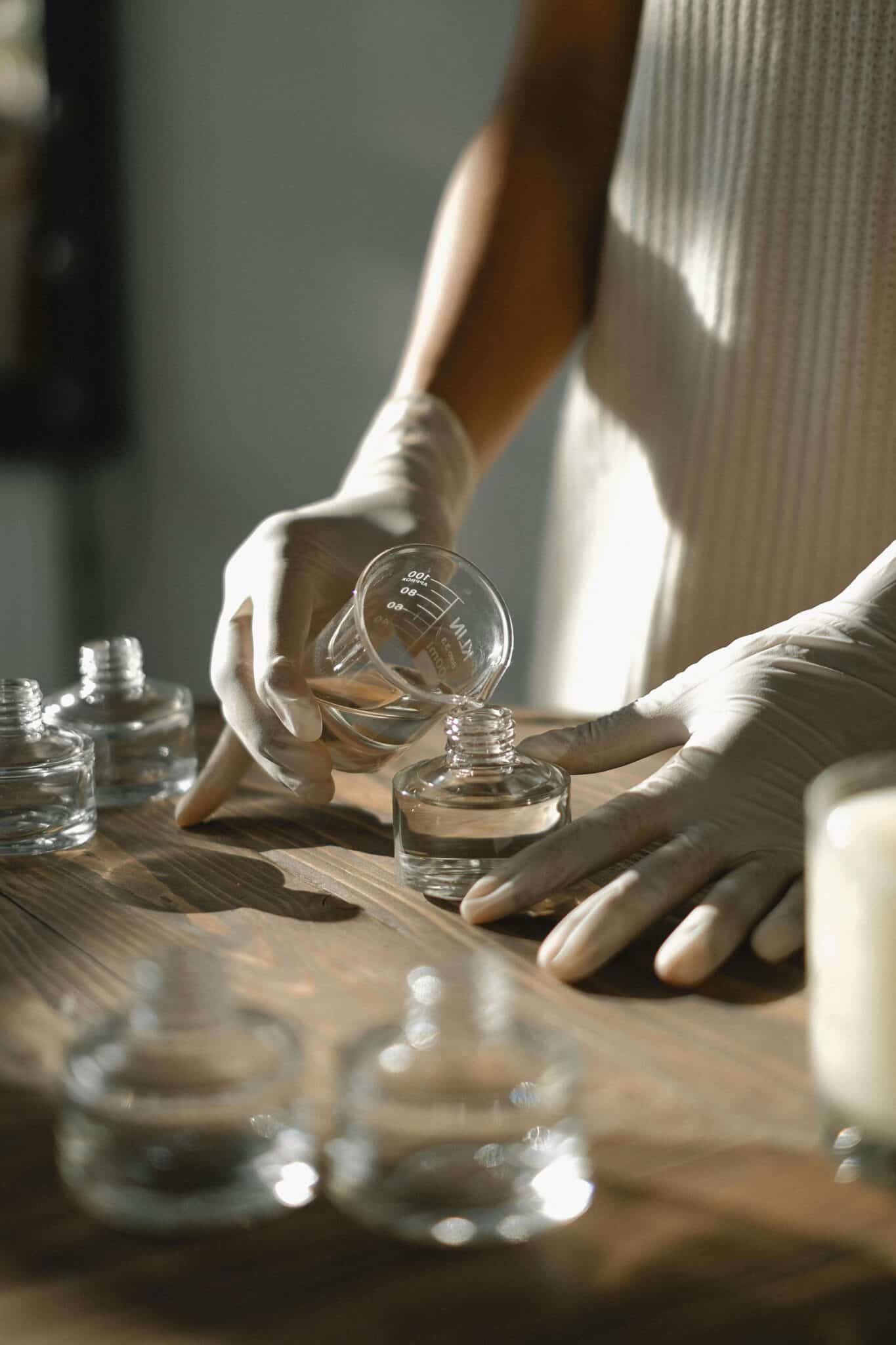
Extraits de la nature ou produits de synthèse, utilisés respectivement pour leurs caractéristiques uniques ou lorsque l’extraction directe n’est pas possible.
If you would like to find out more, we invite you to read our article : The perfume duel: Natural versus Synthetic (studiodesparfums-paris.fr)
Considered the perfumer's instrument, it is on this piece of furniture that the perfumer arranges his raw materials to create unique compositions. At the Studio, our perfume organ, with over 100 notes from Grasse, guarantees an unforgettable experience.
Un parfum est un mélange d’huiles essentielles, d’eau et d’alcool, pouvant inclure divers ingrédients naturels tels que plantes, fleurs ou fruits.
S’immerger dans l’univers envoûtant du Studio des Parfums, c’est s’aventurer dans un univers où chaque note, chaque accord et chaque élément contribuent à créer des expériences olfactives uniques et mémorables.